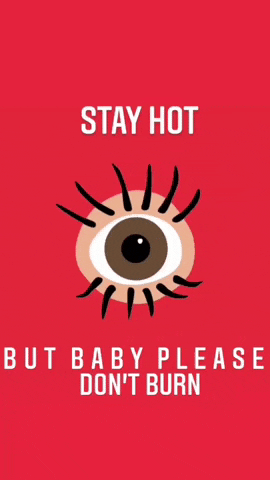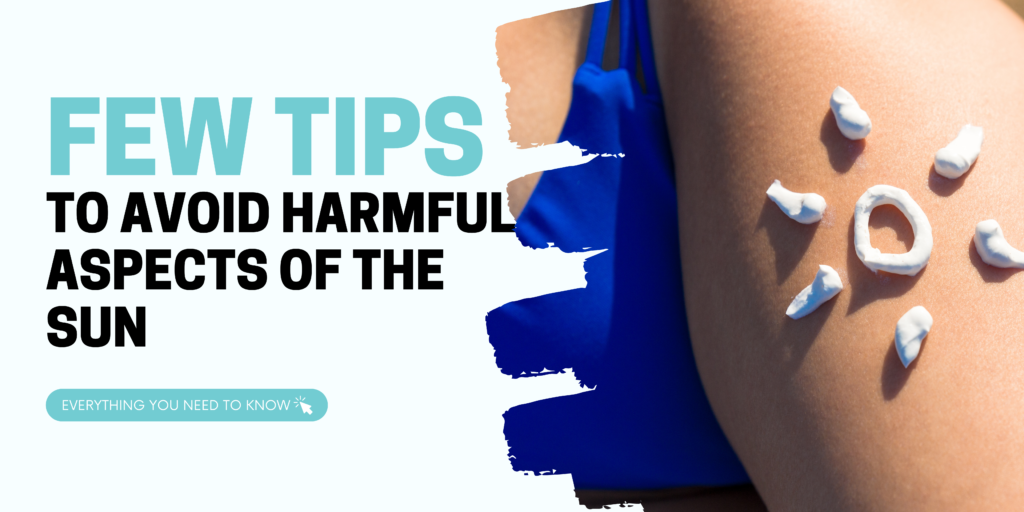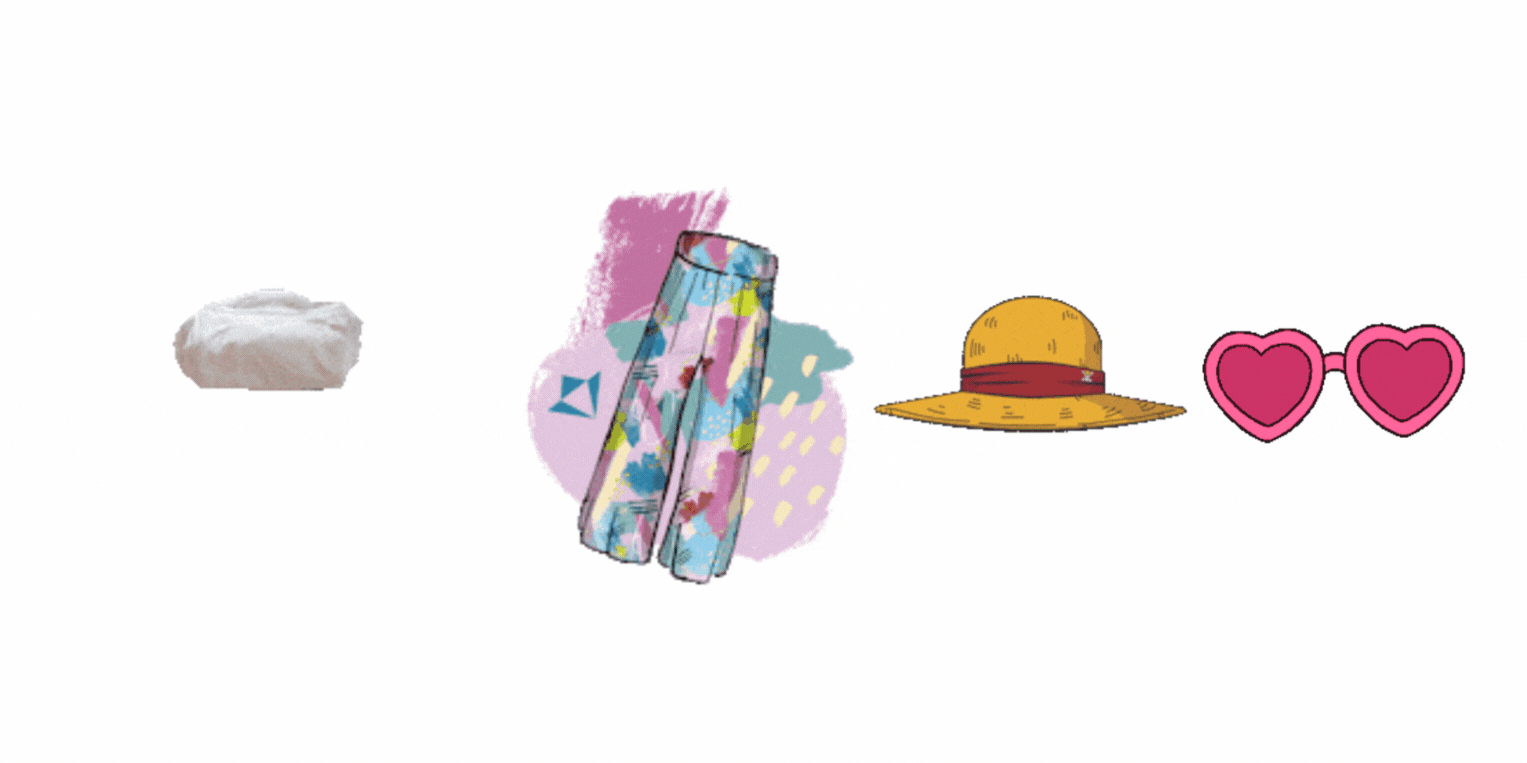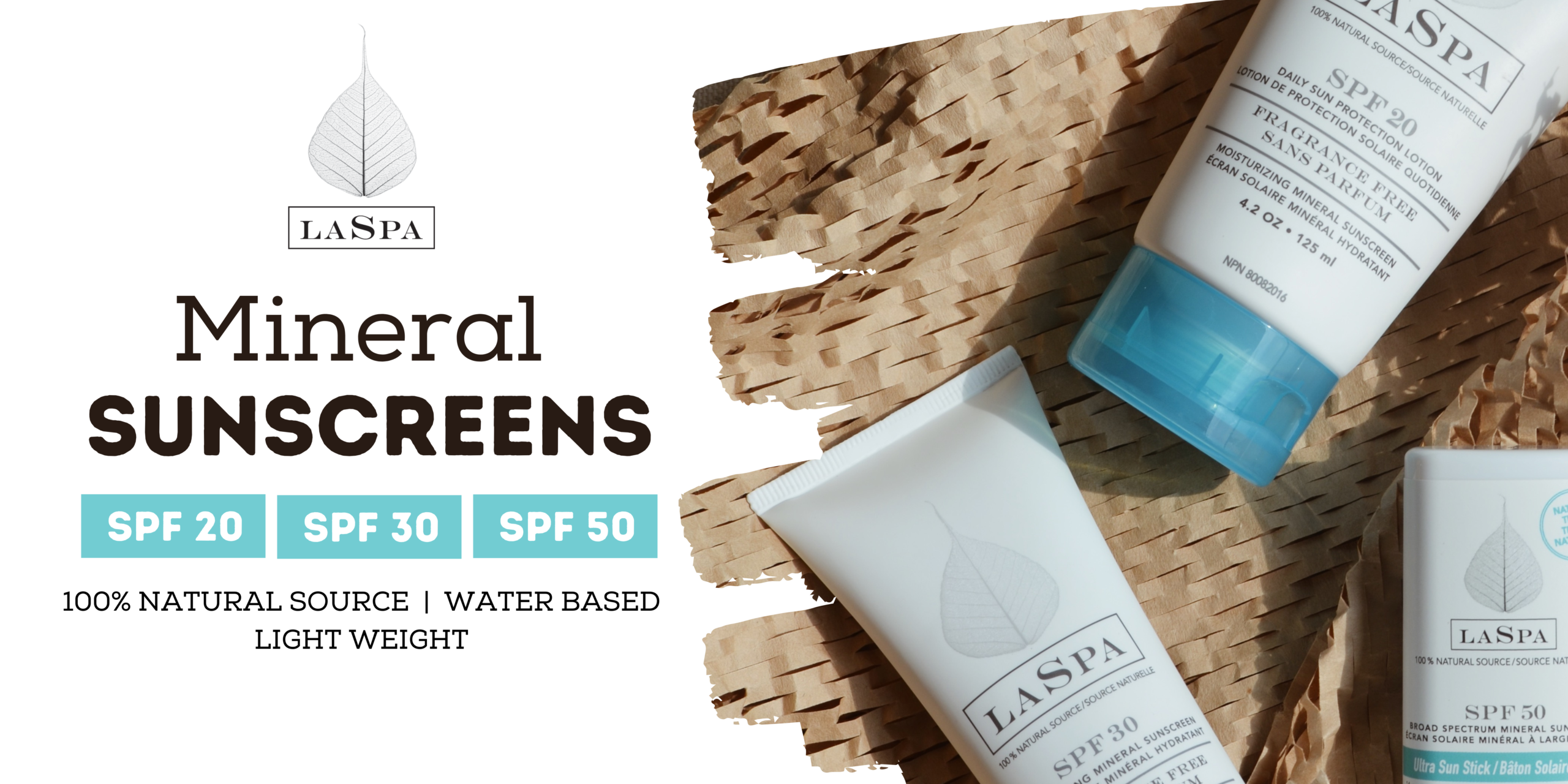While summer is still within reach, you’re probably spending more time outdoors and soaking up as much of the good weather as possible. And who can blame you? ☀️
While fresh air and outdoor activities can be great for your physical and mental well-being, there are some aspects of the environment that can be damaging. Sun exposure is the number one cause of skin cancer and can lead to other harmful skin conditions such as sunburn, hyperpigmentation, and uneven skin tone.


If you want to enjoy your time outdoors but protect yourself from the damaging effects of sun exposure, read on to discover how you can avoid the harmful aspects of the sun and keep that fabulous, healthy skin for life. ✨
Avoid Peak Hours For UV Rays
Ultraviolet rays are a type of electromagnetic radiation that is emitted from the sun and other UV sources like tanning beds. They can be broken down into three categories:
UVA – this is a long-form type of UV ray that penetrates into the dermis of the skin. Although it is not responsible for immediately visible damage, this ray causes long-term harmful effects such as premature skin ageing and the development of certain skin cancers. UVA = ageing ⏱️
UVB – this short form UV ray damages the top layer (epidermis) of our skin and is responsible for sunburn, barrier damage, and the formation of skin cancers. UVB = burning 🔥
UVC – although this UV ray is powerful and dangerous to humans, it is filtered through our ozone layer and is not a risk to our health.
UV rays are present in some capacity every day but their intensity does vary greatly throughout the day. Peak hours for UV rays are typically between the hours of 11:00 am and 3:00 pm. If you can, avoid outdoor activities during this time and if you have to be outside, stay in the shade and load up on sunscreen.
Another way that you can protect yourself from skin cancer and harmful UV rays during peak hours is to check your local UV index. To do this, visit your local weather website and check for the UV report in your city. The report will give you an hourly breakdown of the intensity of UV rays in your area so you can plan your day around peak times.


| Colour | Exposure Category | UV Index |
|---|---|---|
| Green | Low | 0 – 2 |
| Yellow | Moderate | 3 – 5 |
| Orange | High | 6-7 |
| Red | Very High | 8-10 |
| Fuschia | Extreme | 11+ |
Courtesy of www.canada.ca
Wear Sun Protective Clothing
In addition to sunscreen, protective clothing can be a powerful tool in protecting your skin from skin cancer and harmful aspects of the sun. Long-sleeve shirts, long pants, wide-brimmed hats, and sunglasses are all great options.
UPF (ultraviolet protection factor) clothing is designed specifically to protect your skin from UV rays and can be found at many sports clothing retailers.
Choose The Right Sunscreen
Daily sunscreen application is the number one step you can take to prevent premature skin ageing and the development of skin cancers.
However, a brief walk through your local pharmacy’s sunscreen aisle may leave you scratching your head. You might be wondering how to select a sunscreen that’s right for your skin needs. Don’t worry; you’re not alone. Here’s a quick breakdown of sunscreens currently available:
Chemical Sunscreens
The most common type of sunscreen on the market, chemical sunscreens use synthetic filters to help your skin absorb the sun’s rays. Common ingredients found in chemical sunscreens are Oxybenzone and Octinoxate. These ingredients typically take about 30 minutes to become effective once they are applied to the skin. Though these sunscreens tend to be the most widely available, the safety and possible toxicity of their ingredients have been a topic of conversation for many years. In 2019, the FDA proposed the removal of 12 chemical sunscreen ingredients, marking them as potentially unsafe.
Mineral Sunscreens
Generally considered safer for sensitive and reactive skin, mineral sunscreens create a physical barrier on your skin to block the absorption of UV rays. Mineral sunscreens contain either zinc oxide, titanium oxide, or a combination of the two. Because of the physical nature of these ingredients, mineral sunscreens offer immediate protection once applied. In that same 2019 study mentioned above, the FDA concluded that only zinc oxide and titanium dioxide were GRASE (Generally Recognized as Safe and Effective).
The easiest way to protect yourself from skin cancer is to get into a good sunscreen habit and make it a part of your daily routine. Apply your sunscreen at the same time every morning and reapply as needed throughout your day. It is generally recommended to apply an ounce (or a shot glass amount) all over your body and reapply it every two hours or more often if sweating or swimming. 🏊♀️
It is important to note that UV rays can penetrate through fog and light clouds. Ensure that you are wearing sunscreen even on overcast days. ☁️
Moisturize Your Skin
Bringing moisture back into your skin after sun exposure can strengthen your skin barrier and help your skin to repair damage more effectively. Resilient skin will be better able to combat environmental aggressors and retain an even, balanced, and healthy state.


How do you protect your skin from the sun?
Connect with us on Instagram, @laspanaturals and share your top tips with us! Also get exclusive promotions, content, and product education.




